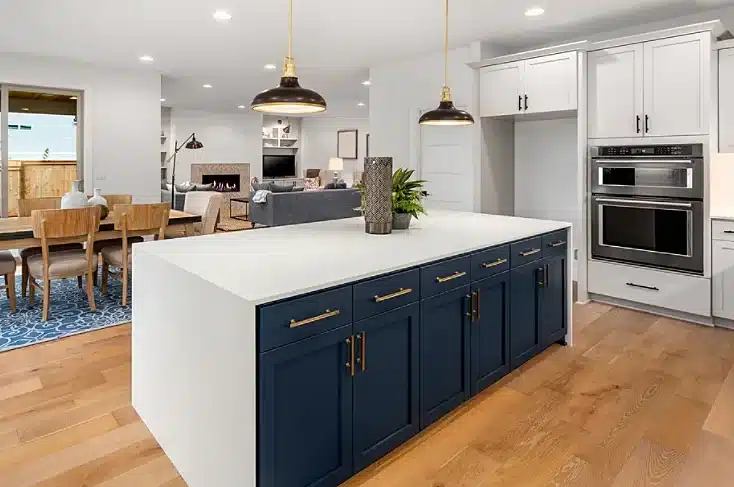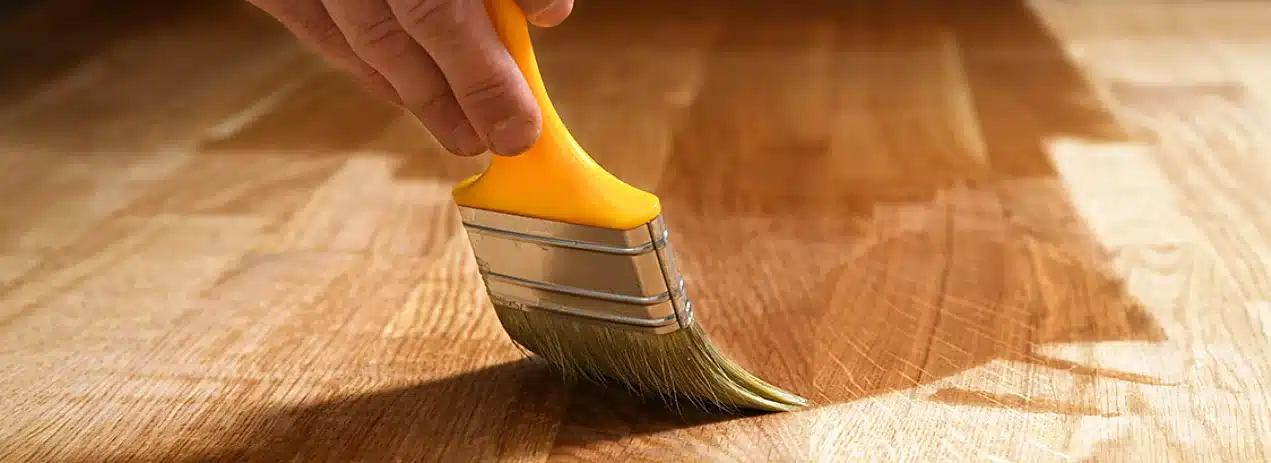Are kitchen cabinets and hardwood flooring considered part of the structure in a typical homeowners insurance policy?
The answer to the question “Are kitchen cabinets and hardwood flooring considered part of the building’s structure?” may be a bit ambiguous. While they’re not structurally important, they’re still movable. In real estate terms, they’re known as FF&E, or furniture, fixtures, and equipment. And, since you can’t just remove them without damaging the walls, they’re technically considered fixtures.
What is the best installation method for hardwood floors?
When it comes to wood flooring, hardwood floors are generally glued to the subfloor and installed before the cabinets. This helps to prevent damage to the subfloor and floor, which can lead to a lot of structural problems. But when it comes to sturdiness, a good rule of thumb is to have hardwood flooring installed first. Even though hardwood is a durable choice, it is more likely to crack and split.
Can you install hardwood floors without removing cabinets?
Floating hardwood floors should be installed after the cabinets. These floors are not attached to the floor, and should not be installed before the cabinets are. This is because wood veneers move when placed underneath heavy cabinets, which can cause them to buckle, break, or bulge. In some cases, it can be easier to remove the floating floor and install it yourself. If you have a wooden subfloor and hardwood cabinets, consider using floating floors instead.
Floating Problems when Install Cabinets?
Floating floors are another common option, but you should make sure to install them after the cabinets. Because they are not fixed to the floor, they are susceptible to problems when flooded. However, this option can be expensive and is often only suitable for a temporary solution. If you’re worried about the integrity of your subfloor, make sure you get them installed first. The reason for this is that hardwood floors are stronger and more durable than plywood.
Install hardwood floors without removing cabinets?
Before installing hardwood floors, be sure to install the cabinets first. If you’re installing hardwood floors, you need to make sure that the subfloor is stable before you install them. If your cabinets are not anchored to the floor, they might not survive a flood. Then, you need to install plywood risers under them. You can also use floor covering as a riser. If the floors are fixed, you’ll need to put in some additional support to keep them from moving.
Installing The Cabinets Measure Hight Width.
When installing your cabinets, it’s important to measure the height from the underside of the countertop to the finished floor. Some types of wood cabinets and hardwood flooring are not anchored to the floor. That’s why they are not considered part of the structure. If the floors are already attached to the subfloor, you should install them first. You’ll need to raise the countertops. If the floors are not fixed, you’ll need to remove them first.
Are kitchen cabinets considered fixtures?
When installing kitchen cabinets, it’s important to remember that they’re permanent fixtures. They’re not considered part of the structure. They’re a permanent feature. The kitchen cabinets are installed directly on the subfloor. But when hardwood flooring is installed, they need to be installed around them. In this way, they’ll be part of the structure. You can install them without any damage to the subfloor.
Can you replace kitchen cabinets without replacing floor?
While the cabinet styles may come and go over the years, solid hardwood floors can last a lifetime. While cabinet styles and colors change, the floors can remain in the same kitchen through renovations. As a result, they’re a more flexible investment than kitchen cabinets, which are often considered to be part of the structure. When you’re building a new home, hardwood flooring and kitchen cabinets are considered to be an important part of the structure.
Installing New Cabinets?
If you’re installing new cabinets, make sure to choose the type of flooring you’ll be installing. Depending on the style of the floor, you may not want to use MDF. On the other hand, if you’re using wood veneer, you’ll need to consider the material’s composition. MDF is a form of plywood and contains high levels of formaldehyde.



